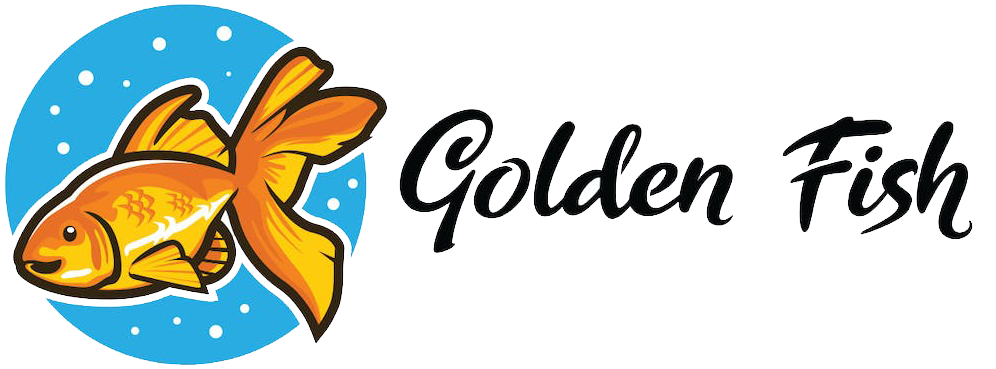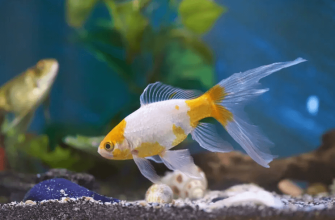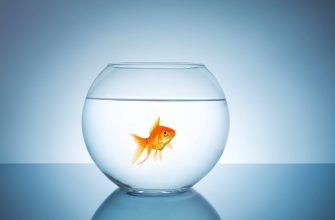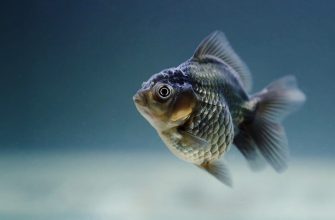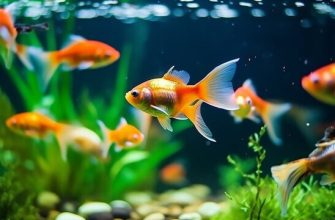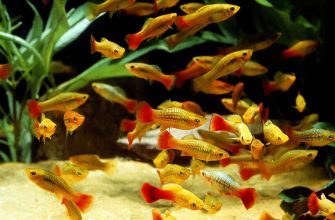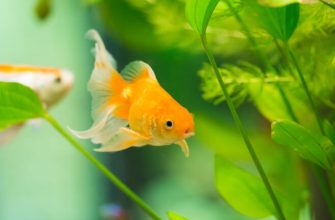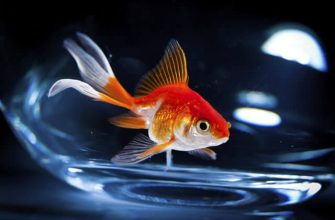Goldfish are one of the most popular freshwater fish kept as pets around the world. With their bright colors and friendly personalities, it’s easy to see why they have been prized for centuries. But before goldfish were domesticated and became aquarium staples, they lived freely in their native habitats across East Asia. Though they thrive in captivity when cared for properly, understanding the natural behaviors and diet of goldfish provides insight into their biology and evolution as a species.
This article will explore what goldfish eat when living in the wild, as opposed to their dietary needs in aquarium environments. Examining the feeding patterns, preferred foods, hunting strategies, and digestive systems of wild goldfish can shed light on how to care for them in home aquariums in a way that supports their health and wellbeing by better approximating their natural diet. With a species as popular as the common goldfish, understanding their origins, native ecosystem roles, and innate biological needs is important for best caring for them in our homes.
Goldfish Origin and Natural Habitat
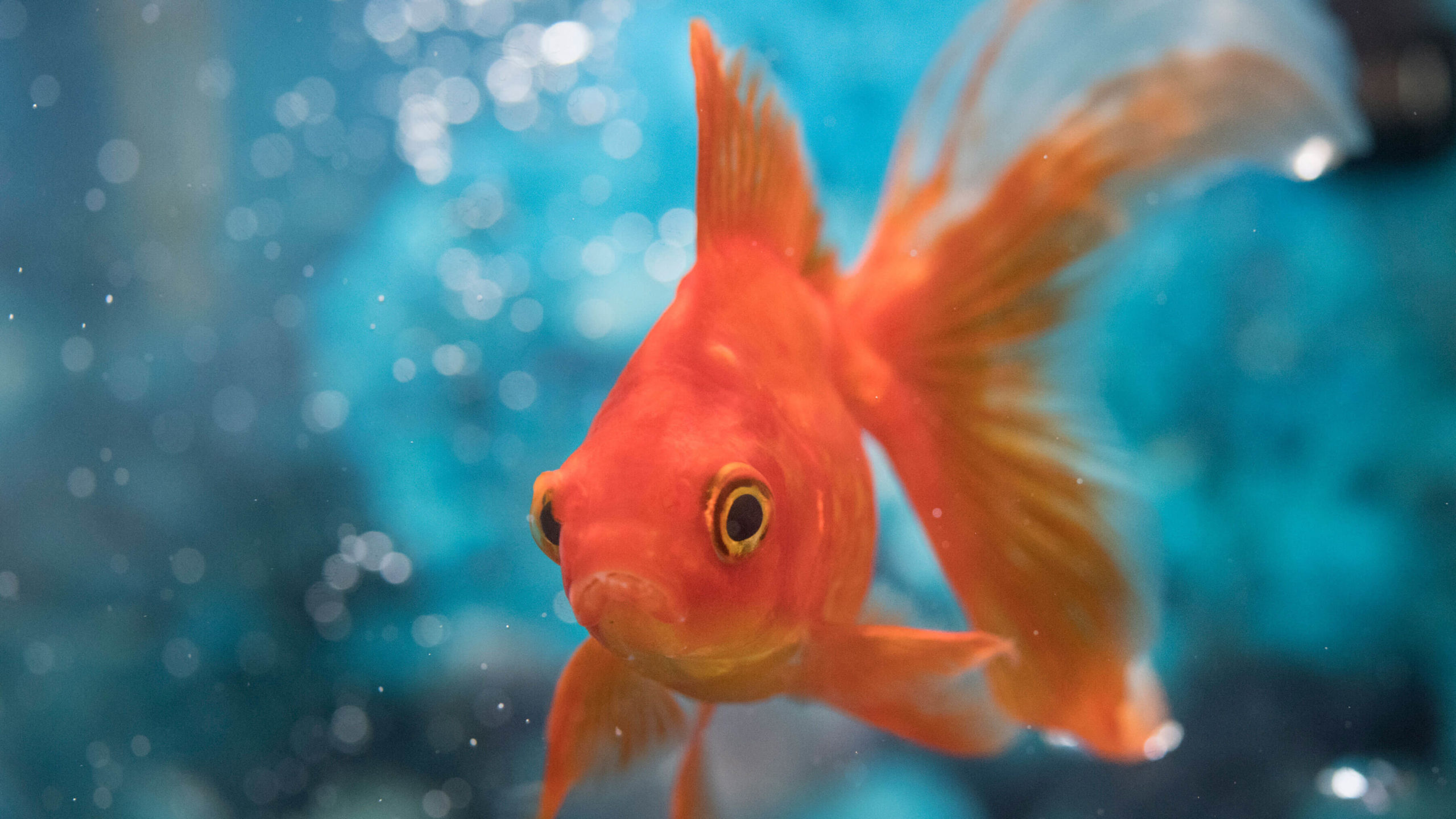
Goldfish are native to Asia, particularly eastern Asia. Their natural range includes areas like China, Japan, and Korea. Goldfish mainly occupy fresh inland waters and wetlands in temperate regions. They tend to live in bodies of water with slow or no movement. This includes ponds, lakes, marshes, and slow-moving streams and rivers.
Goldfish thrive best in these calm, vegetated freshwater habitats with temperatures between 60-80°F. Their native range has a temperate climate with four distinct seasons. Goldfish have adapted to survive cold winters by going into a hibernation state. They also tolerate warm summers by remaining mostly inactive. Their natural habitats provide ample vegetation and hiding spots for protection and spawning.
Goldfish Diet in the Wild
Goldfish are omnivores in the wild, meaning they eat both plant and animal matter. Their diet consists primarily of insects, small crustaceans like daphnia or copepods, and aquatic vegetation. Goldfish forage along the bottom and through aquatic plants for food sources.
They use their sucker-like mouths to sift through sediment, ingesting anything edible they come across. Their diverse palate allows them to thrive in various freshwater environments. Goldfish are constantly grazing, able to eat a wide variety of foods.
Common Wild Food Sources
Goldfish are omnivorous fish that feed on a variety of organisms in their natural environment. Some common wild food sources include larvae, small insects, algae, plant roots and leaves, worms, and small crustaceans.
Larvae from insects like mosquitoes, dragonflies, and mayflies are abundant in ponds and slow-moving streams where goldfish live. Goldfish will eat these protein-rich larvae as they swim by or pick them off aquatic plants. Small insects that fall into the water are also eagerly consumed.
Goldfish will graze on algae and aquatic plants like duckweed, eating the leaves, stems, and roots. They scrape algae off rocks and logs using their sucker-like mouths. Plant matter provides goldfish with fiber and carbohydrates.
Worms like tubifex worms and small crustaceans like daphnia and copepods are part of the natural diet of goldfish. These small invertebrates provide a good source of protein. Goldfish sift through mud and sediment at the bottom of ponds to find these creatures.
In the wild, goldfish exhibit natural foraging behaviors to find diverse food sources to meet their nutritional needs. Their omnivorous appetite allows them to thrive in their native freshwater habitats.
Hunting and Foraging
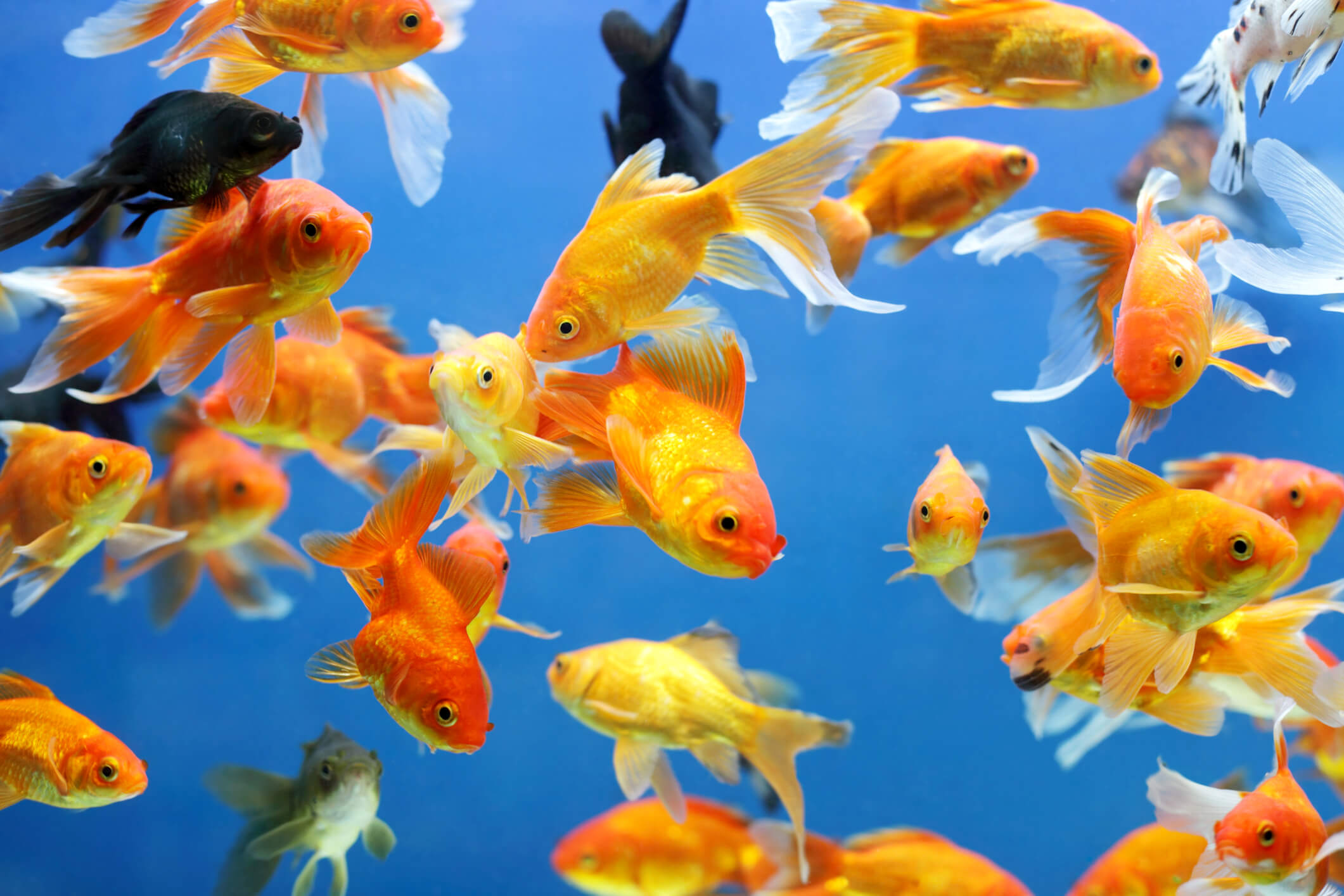
In the wild, goldfish are bottom feeders that forage along lake and river beds. They use their downturned mouths to sift through sediment in search of food. Goldfish have sensory barbels near their mouths that help them locate food. They use these barbels to feel along the bottom substrate, picking up food particles.
Goldfish are omnivorous and will eat a variety of foods in the wild including algae, plant matter, insects, crustaceans, and other small invertebrates. Their bottom-dwelling behavior allows them to find ample food sources along lake and river beds.
Digestion and Metabolism
Goldfish have a very efficient digestive system that allows them to maximize nutrient absorption from their food sources. Unlike humans, they do not have a true stomach. Instead, they have a short intestine where digestion occurs continuously as food passes through. Enzymes break down carbohydrates, proteins, and fats from the food into absorbable nutrients. This allows goldfish to digest their food very quickly, often within a few hours of eating.
Goldfish also have a very fast metabolism compared to similar fish species. Their metabolic rate is up to 43% higher, allowing them to efficiently convert food into energy for growth and activity. This rapid digestion and metabolism contributes to their ability to thrive on various food sources in the wild. Their systems extract maximum nutritional value from whatever they consume in their natural habitat.
Growth and Development
Goldfish grow rapidly in their first year, reaching adulthood within 6-12 months. Their growth rate depends on factors like water temperature, availability of food, and tank size. In the wild, goldfish reach sexual maturity and start breeding in their first year. They have a shorter natural lifespan of 5-10 years, compared to domesticated goldfish which commonly live 20-30 years with proper care.
Goldfish never stop growing, though their growth rate slows as they age. Their maximum size depends on genetics and environment. With adequate nutrition and space, goldfish can reach 10-12 inches in length. In crowded or undersized tanks, their growth becomes stunted. Providing good water quality, filtration, and a balanced diet enables goldfish to reach their full growth potential.
Predators and Threats
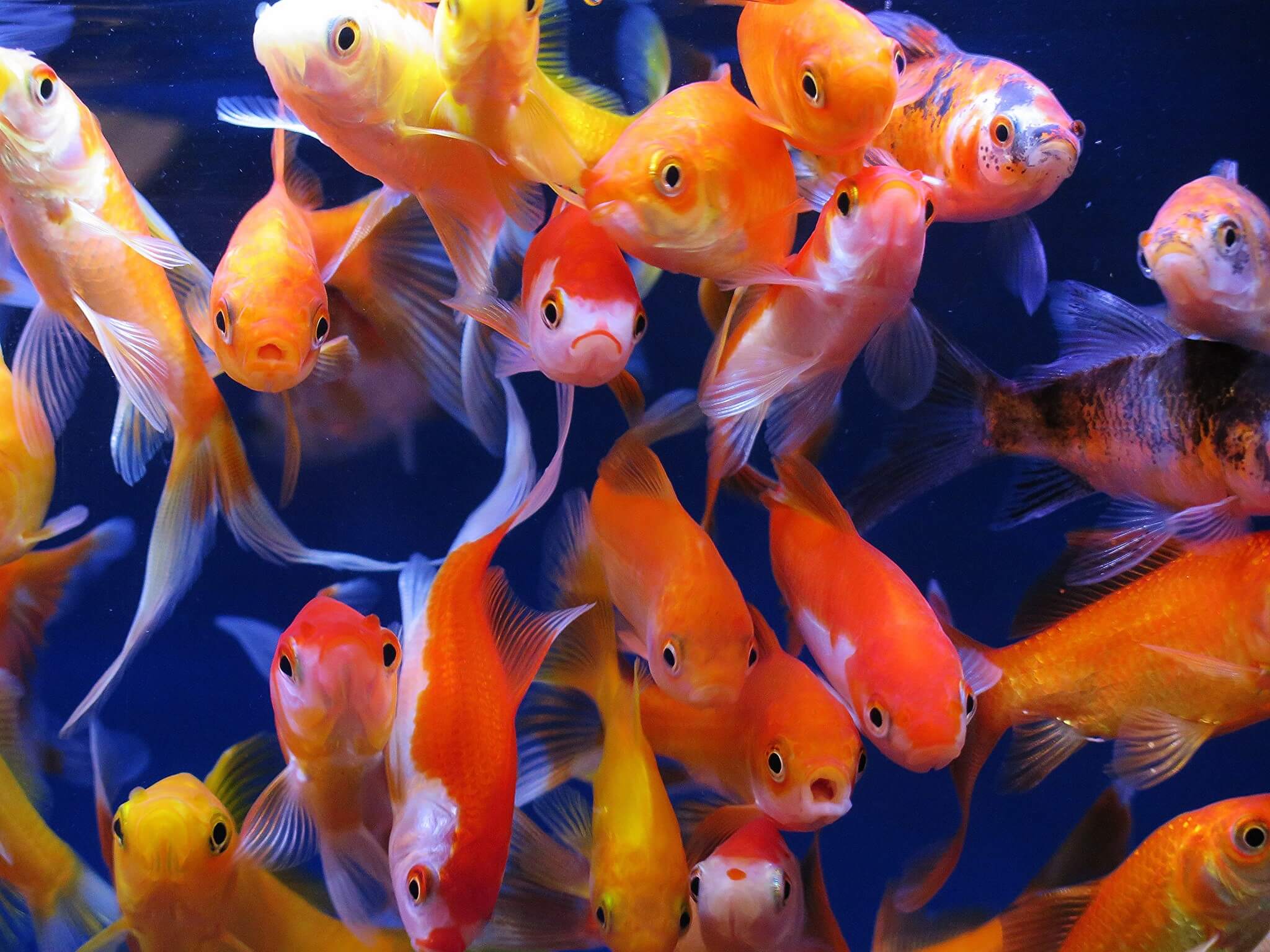
Goldfish face numerous predators and environmental threats in the wild. Herons and other wading birds frequently prey on goldfish. Their keen eyesight allows them to spot goldfish swimming in ponds and rivers. Once spotted, herons strike rapidly to spear fish with their sharp beaks. Other avian predators include kingfishers, which also rely on keen vision to dive-bomb for prey. Snakes such as water snakes and garter snakes may also hunt younger goldfish in shallow waters.
Turtles pose another predation threat, especially for juvenile fish. Snapping turtles and soft-shelled turtles will ambush goldfish from hiding spots. Larger goldfish generally outgrow the threat from small turtle species. However, alligator snapping turtles, which can exceed 100 pounds, will consume adult goldfish.
In addition to predation, goldfish face threats from environmental degradation. Overpopulation leads to competition for limited resources. Drought conditions reduce water levels, crowding fish into smaller areas. Pollution from agricultural and industrial runoff can degrade water quality. Conservation efforts to protect natural wetlands help mitigate these threats.
Conservation Status
The goldfish is classified as “Least Concern” on the IUCN Red List. This means that while the species as a whole is not at risk of extinction, there are some threats to local populations. Goldfish have no special conservation status on the US Federal List, CITES, or State of Michigan List.
In the wild, goldfish face threats from habitat loss and competition from invasive species. Their natural wetland habitats in Asia are declining due to human activities like river regulation, reclamation, and pollution. Introduced species also prey on goldfish eggs and compete for resources.
Conversely, when released into non-native environments like North America and Australia, goldfish themselves can become invasive and disturb local ecosystems. For this reason, many states advise against releasing pet goldfish into the wild. Careful management is needed to conserve native biodiversity while controlling invasive goldfish populations outside their natural range.
Overall, the goldfish species as a whole is in no immediate danger, but localized populations face various threats. Monitoring and habitat protection will be key to ensuring the long-term survival of goldfish in the wild.
Conclusion
In their natural environment, goldfish eat a diverse diet of aquatic plants, insects, crustaceans and other small invertebrates. Their original ancestors were carp from east Asia that inhabited slow-moving freshwater habitats. Goldfish forage along the bottom and vegetation for food sources. They have evolved as opportunistic feeders to survive in the wild.
Some of their common natural prey includes mosquito larvae, daphnia, shrimp, snails, and various aquatic plant matter. Goldfish have pointed toothless mouths suited for scraping algae off surfaces or sucking up prey from the substrate. They undergo complex digestive and metabolic processes to derive nutrition from their food sources.
Goldfish growth and maturation depends on availability of adequate nutrition from their environment during key life stages. They face predation threats from herons, snakes, and other large fish. While goldfish are resilient and adaptable feeders, pollution and habitat loss impact wild populations. Their natural feeding behaviors and food sources highlight the complex interconnections of freshwater ecosystems.
